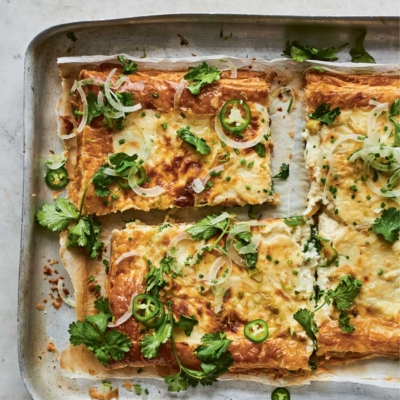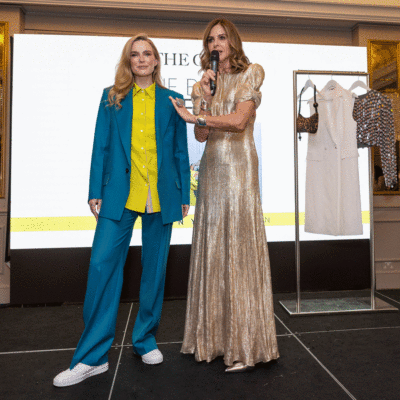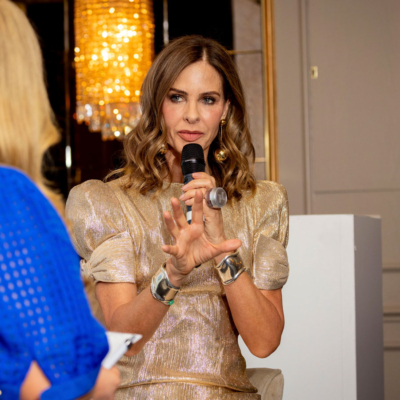Katriona Flynn, Lecturer in Fashion and Luxury Goods Management, TU Dublin, explains the differences between fabrics and their impact on the environment – and shares what you need to know before you buy …
The extraction of raw materials to process fibres and the production of fabrics have a huge impact on the environment regardless of whether they are natural or synthetic, although synthetic fabrics are bigger offenders as chemicals are used to process them. Equally, the deconstruction of fabrics into waste, ideally reusable waste, hugely impacts the environment. Mixed compositions are extremely difficult to separate and therefore even the natural components cannot be extracted successfully and reused. Unlike natural fabrics, when they come to the end of their product lifecycle synthetics do not decompose easily. They can take up to 30 years to decompose in landfill. There is a great sense of awakening and rediscovery around fabrics, production and consumption. Buy less, buy better, demand transparency from fashion brands and care for garments to increase their lifetime. It starts with understanding what your garment is made of …
Cotton comes from the cotton plant. Organically produced Fair Trade cotton is a step in the right direction but cotton production still uses huge quantities of precious water. Linen comes from the fibres of the flax plant. Linen is one of the most sustainable fabrics, and un-dyed, is fully biodegradable. Wool refers to sheep and lamb hair and is biodegradable, recyclable, and can be produced organically. New wool traceability standards and animal welfare standards track its production. Silk While a readily biodegradeable material, there are issues around production and animal cruelty. Viscose is extracted from natural raw materials such as pine, bamboo or eucalyptus but it is the process of making viscose into solid sheets of fabric with chemicals like caustic soda, ammonia, acetone and sulphuric acid that may cause harm. A highly processed version of viscose is rayon. Modal is biodegradable, created by modifying the viscose process (with chemicals) to get longer fibres, making it stronger and more flexible. Tencel is the brand name for the fabric lyocell. Lyocell is extracted from wood, but the process of taking this raw material and creating fabric is chemical-based. Manufacturing Tencel requires less energy and water than cotton and it is also biodegradable. Polyester It takes a special kind of dye to colour polyester (a fabric produced in a water-thirsty process). These “disperse dyes”, like polyester itself, are made up of a complex molecular structure that does not readily decompose.
LOVETHEGLOSS.IE?
Sign up to our MAILING LIST now for a roundup of the latest fashion, beauty, interiors and entertaining news from THE GLOSS MAGAZINE’s daily dispatches.









